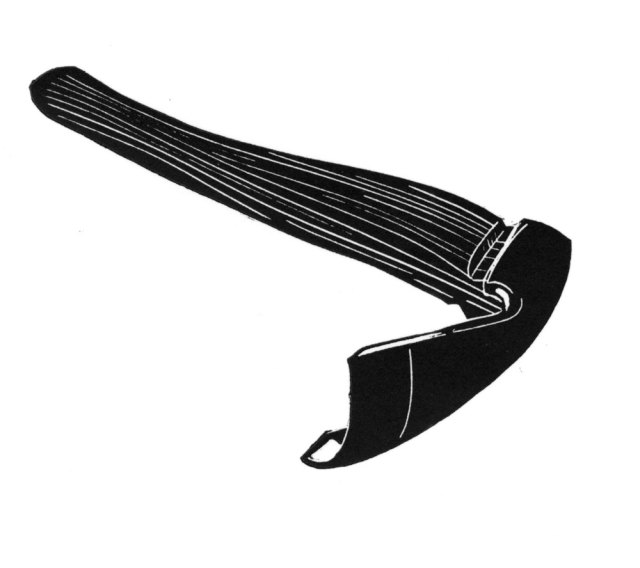You can now place a pre-publication order for “Good Work: The Chairmaking Life of John Brown” by Christopher Williams. The book is $49 and will ship in March 2020. If you order before that date, you will receive a free pdf download of the book at checkout.
The book is in three major parts. One part is a biography of John Brown, one of the most influential woodworking writers and chairmakers of the 20th century. It is one part philosophical treatise and features 19 of John Brown’s best columns from Good Woodworking magazine. And it is one part straight-up woodworking book, with Chris showing you how he and John Brown built Welsh stick chairs using simple hand tools and straightforward techniques.
The book represents four years of difficult (and expensive) work, both here in the States and in Wales. It features essays from the people who worked with John Brown and lived with him – including David and Anne Sears at Pantry Fields and toolmaker Matty Sears. The book is filled with many never-before-seen historical photos of Welsh stick chairs and where they were made. We also commissioned original linocuts to illustrate the book from Molly Brown, one of John Brown’s daughters. And there are many new and gorgeous photos of stick chairs from Heather Birnie.
We matched the hard work on the editorial side with excellent materials and high-end publishing techniques. The full-color interior pages are heavy and coated with a matte finish that makes them readable in any almost light. The binding is casebound – the signatures are stitched, taped and glued to last as long as possible. I know of no better binding. We wrap the book block with heavy, 98 pt. hard boards. The hinge is made with a custom endsheet. The exterior is charcoal cotton cloth with a silver diestamp. The dustjacket is a tear-resistant paper with a matte laminate. (I know these technical specs bore some customers, but there’s a reason most publishers don’t release them….)
Of course, all production and printing is in the United States.
In the coming weeks we’ll release an excerpt of the book for people who aren’t sure about “Good Work.”
As always, we don’t know which of our retailers will carry “Good Work.” It is their call, not ours. If you want your local retailer to carry it, let them know. This works surprisingly well.
And finally, a note of thanks to everyone who helped this book along its way. John Brown’s extended family and his friends were generous with their time and effort. People such as Drew Langsner supplied important background material and a wealth of photos. And many of you offered encouragement and advice – most of it great. And thanks, most of all to Chris. He embarked on this book – his first – with the desire to get it right and honor his mentor, no matter where that journey took him.
You can place a pre-publication order here.
— Christopher Schwarz








 Our printer has shipped “
Our printer has shipped “







